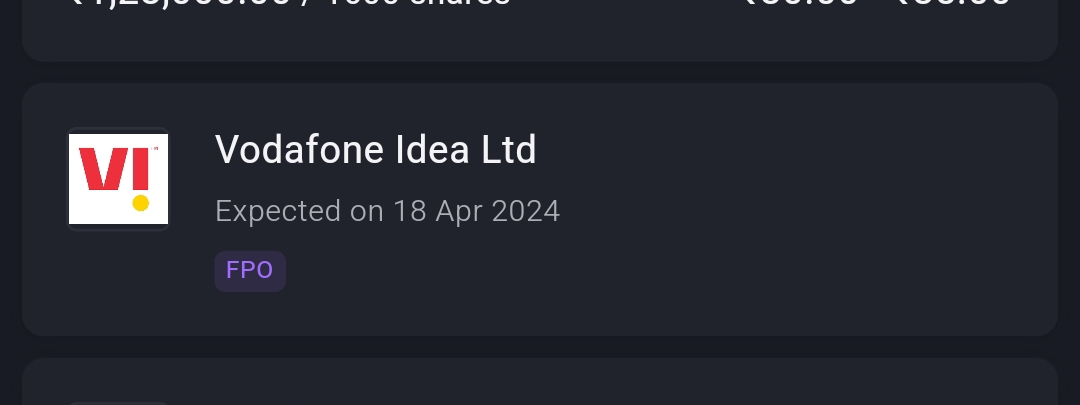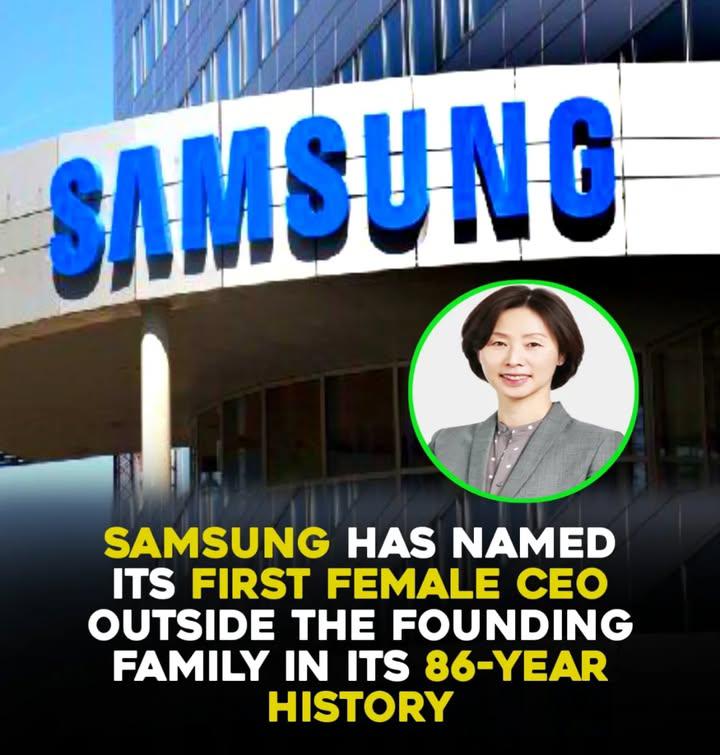Back
Saksham
•

Bebyond • 1y
ROFR vs ROFO When structuring investment agreements, the Right of First Refusal (ROFR) and the Right of First Offer (ROFO) are two important clauses that can shape ownership transfers. Let’s explore how these rights work and their implications for both companies and investors. For Investors: Right of First Refusal (ROFR) ROFR allows investors to match any third-party offer a shareholder receives before the sale can proceed. This gives investors the power to keep shares within existing shareholders and maintain their influence in the company. It ensures that an investor has control over who enters the shareholder pool and can protect their stake by matching any outside offer. It’s a safety net to avoid dilution of control. Right of First Offer (ROFO) With ROFO, if a shareholder wants to sell, they must first offer their shares to existing shareholders before approaching outside buyers. However, the seller is not bound to accept the existing shareholders' offer if it's lower than expected. It allows investors to buy shares before they hit the open market but offers less certainty than ROFR since the seller can still pursue third-party offers. For Companies: Right of First Refusal (ROFR) ROFR gives the company more control over who holds equity, ensuring existing shareholders can match outside offers. However, it can deter potential third-party buyers, as they may not want to invest time and resources in a deal that might be matched. While it offers protection, ROFR can slow down the sale process and make external negotiations more complex, which might affect the company’s growth or strategic moves. Right of First Offer (ROFO) ROFO helps simplify the process by giving existing shareholders an early opportunity to buy shares. It also creates a competitive atmosphere, allowing shareholders to make a first move without immediately locking the seller into an outside offer. For the company, ROFO allows flexibility in ownership transitions without discouraging third-party buyers, as it doesn’t bind the seller to internal offers. Both ROFR and ROFO serve to protect existing shareholders but in different ways. ROFR is more restrictive, offering greater protection but potentially slowing down sales, while ROFO is less rigid and offers more flexibility for both parties. Choosing the right clause depends on balancing investor security and the company’s need for smooth transactions.
More like this
Recommendations from Medial
Rohan Saha
Founder - Burn Inves... • 1y
Imagine a predicament. You are at a job interview, and your employer gives you two offers to choose from. The first option offers an in-hand salary of ₹30,000. The second offer is a salary of ₹20,000 with a generous ESOP. Which option will you choo
See MoreAbhijit Jha
Full Stack Devloper ... • 1y
What is FPO? FPO abbreviated as Follow-on Public Offer is a process in which an existing company listed on the stock exchange issue new shares to the existing shareholders or to the new investors. It is different from an IPO where the company issue
See More
Rajan Paswan
Building for idea gu... • 1y
As a founder, your startup is your baby. But what about when that Golden Exit opportunity appears? Drag-Along Rights in your Shareholder Agreement(SHA) are crucial for ensuring a smooth acquisition process. What are Drag-Along Rights? They empower
See MoreMehul Fanawala
•
The Clueless Company • 3m
Most buyers walk into conversations with this thought in mind: “I’m the buyer, so things should work my way.” It sounds logical at first, right? You’re the one spending money, so you expect things to align around you. But here’s the catch. That’s o
See MoreDownload the medial app to read full posts, comements and news.



































